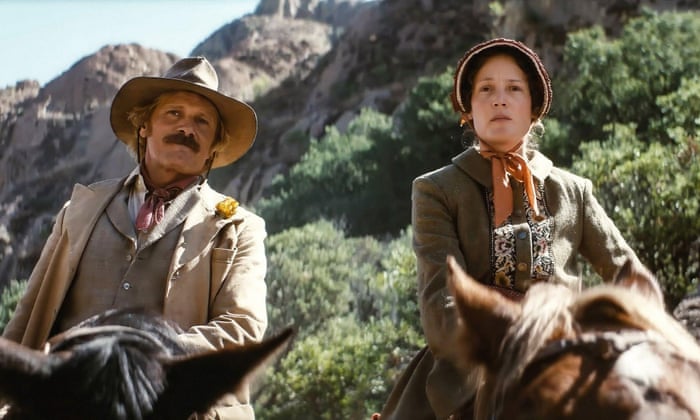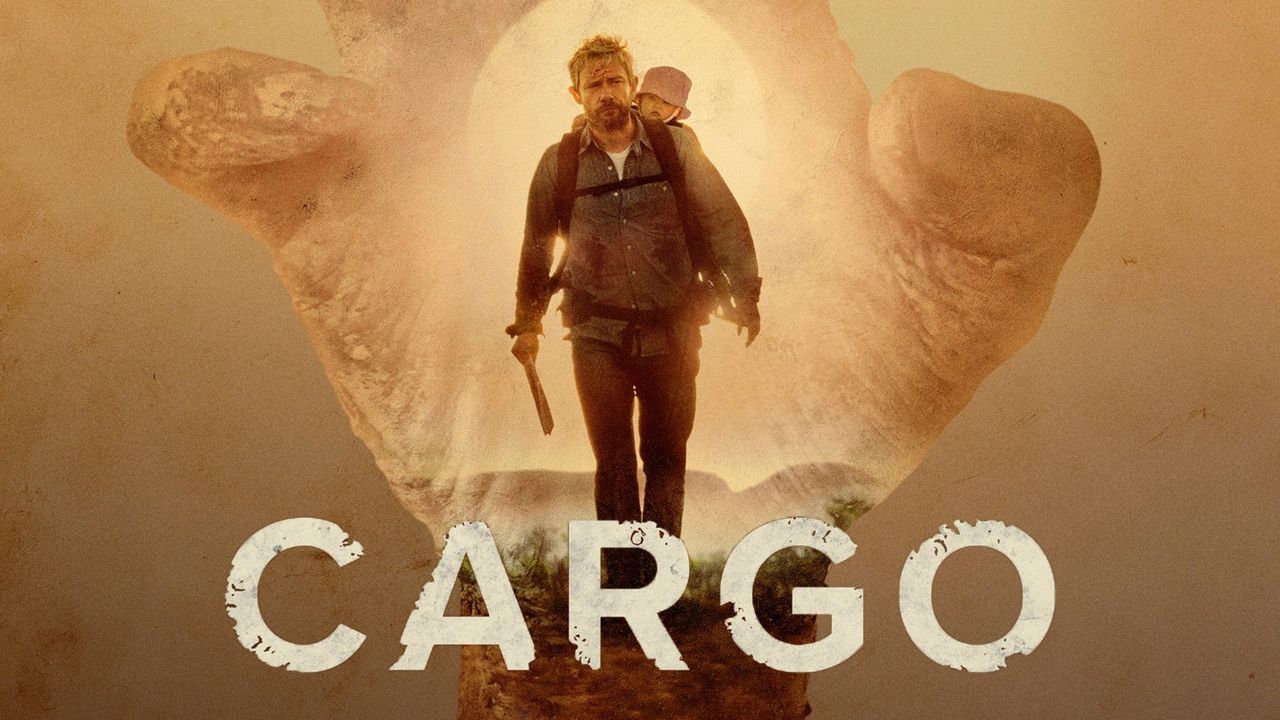The Dead Don’t Hurt – A Lyrical Western Rooted in Feminine Strength and Loss.
The Dead Don’t Hurt is a poetic and emotionally layered Western drama, directed, written, scored, and co-produced by Viggo Mortensen. Set in 1860s Nevada during the American Civil War, the film reimagines the Western genre through a more introspective and character-driven lens. At its heart lies the story of Vivienne Le Coudy, a French-Canadian woman played with quiet intensity by Vicky Krieps. Her journey forms the emotional backbone of the narrative, which is structured in a non-linear format that blends memory, love, violence, and resilience.
The film begins near the end of Vivienne’s life and unfolds through flashbacks. After arriving in San Francisco, she meets Holger Olsen, a Danish immigrant played by Mortensen himself. They fall in love, and Vivienne chooses to leave behind the security of a wealthy suitor to live with Holger in a remote cabin. However, when Holger joins the Union Army, Vivienne is left alone in the rough frontier town of Elk Flats. Here, she must confront a brutal and lawless environment ruled by a powerful landowner and his violent son.

What makes Vivienne’s arc compelling is her strength in the face of adversity. She endures loss, violence, and isolation, yet she refuses to be silenced or defined solely by her suffering. Her choices—particularly raising a child alone and maintaining her independence—make her a refreshing protagonist in a genre long dominated by male perspectives. Krieps delivers a performance that balances emotional restraint with inner fire, giving Vivienne complexity and dignity.
Holger’s journey, while quieter, is shaped by guilt and grief. His return from war sets in motion a path toward vengeance, but Mortensen avoids turning him into a typical Western hero. Instead, the film explores themes of forgiveness, fatherhood, and the painful cost of justice. The relationship between Holger and Vivienne’s son, Vincent, becomes a late but touching centerpiece of the narrative.

Visually, the film is rich with atmosphere. The cinematography captures both the beauty and harshness of the Western landscape, offering sweeping vistas and intimate close-ups that mirror the emotional states of the characters. Mortensen’s original score is minimal and elegiac, underscoring the film’s meditative tone.
Critics have noted the film’s deliberate pacing and quiet narrative, which may challenge viewers expecting conventional action. However, those open to its introspective style will find a story steeped in emotional truth. The Dead Don’t Hurt stands out not just for its visual beauty, but for the way it centers a female experience in a genre typically defined by violence and male heroism.
Ultimately, the film is a quiet rebellion against Western clichés. It embraces complexity over simplicity, moral ambiguity over clear-cut good and evil. With heartfelt performances, especially from Krieps, and a thoughtful script that prioritizes emotional depth, The Dead Don’t Hurt emerges as a memorable and quietly powerful addition to modern Western cinema.


